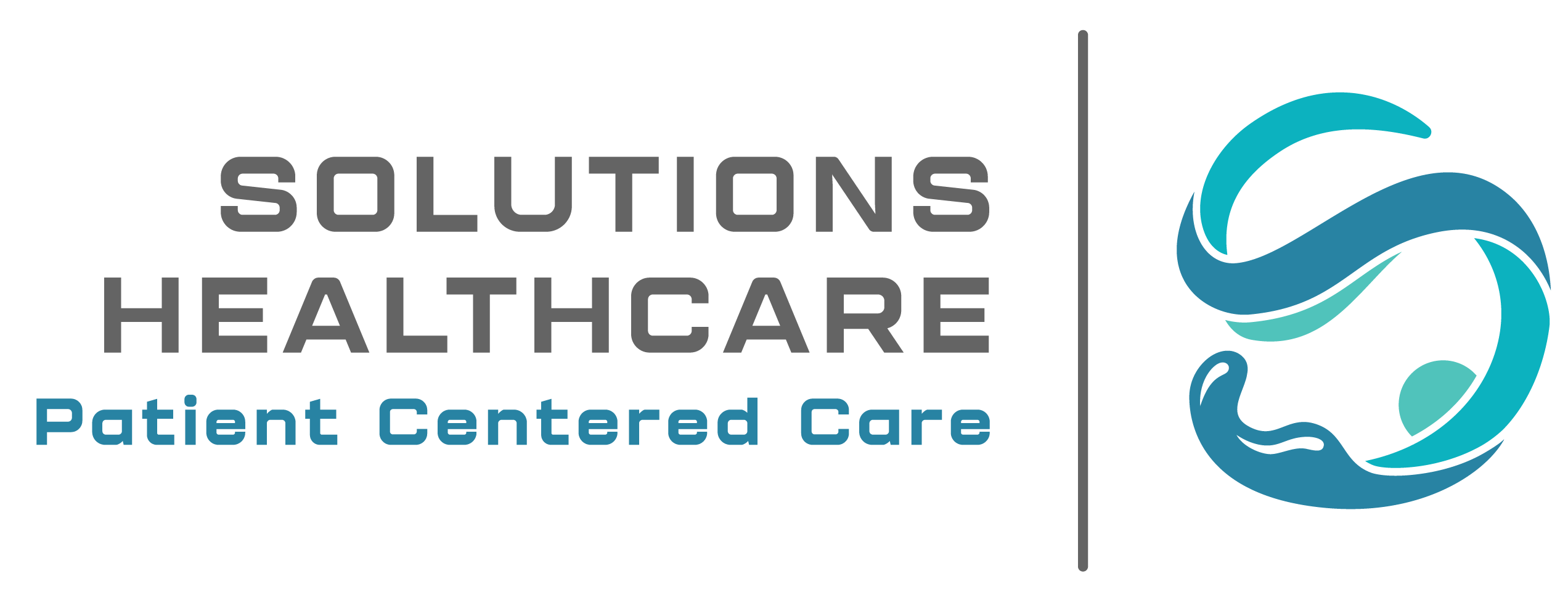Overview
Dissociative Identity Disorder (formerly Multiple Personality Disorder) is a complicated mental health disorder in which an individual has two or more different identities or personality states. These alternative personalities can dominate behavior within various moments and are usually accompanied by forgotten moments, emotional problems, and problems in normal functioning. The individuals and families who are looking for help with multiple personality disorder must understand the symptoms, causes, and treatment options available.
What is Multiple Personality Disorder Treatment?
The treatment of multiple personality disorder is aimed at uniting fragmented identities, enhancing everyday life, and decreasing the symptoms of multiple personality disorder, including dissociation and gaps in memory. In contrast to the short-term interventions, DID treatment typically demands a long-term and structured approach to treatment. It is not always the main objective of the disorder treatment to cure it, but to enable the individual to live a stable, safe, and meaningful life.
The treatment can encompass treatment based on psychotherapy, trauma-centered therapies, drugs, or assistance provided by the multiple personality disorder treatment facilities. As DID is usually caused by a severe childhood trauma or long-term abuse, treatment should be humane, patient, and unique to the needs of an individual.
100% Confidential Support is Available 24/7
No matter what you’re going through, you’re not alone. Our dedicated team is here to provide a safe, judgment-free space where you can talk openly and honestly. Whether you need emotional support, resources, or just someone to listen.
We’re here for you—completely confidential and always respectful of your privacy. Call us today!
What are the Symptoms and Causes of Multiple Personality Disorder?
Symptoms of DID may be confused with other mental disorders. The first step to help seeking is their recognition.
Common Symptoms of DID:
- Different identities or personalities: They can each possess different behaviors, voices and viewpoints.
- Memory loss or blackouts: Memory lapses in matters concerning daily happenings, personal history or events of trauma.
- Dissociation: Experiencing a lack of connection with the real world, environment, or self.
- Emotion fluctuations: Fluctuations in mood or depression and anxiety with no known cause.
- Hallucinations or voices in the head: A feeling that they are being observed or are being controlled by others.
- Difficulty functioning: Problems with work, school or relationships because of the constant personality changes.
Causes of DID:
Extreme trauma in early childhood, usually before the age of six is the main causative factor of multiple personality disorder. In situations where the child is unable to cope with excessive abuse, neglect or violence, the mind can divide itself into other identities as a survival mechanism. This survival mechanism takes root with time and is led to DID.
Other factors that have contributed are:
- Prolonged physical, emotional.
- Traumatic experiences (e.g. war, accidents, loss)
- Absence of a secure upbringing.
- Genetic or biological weaknesses.
Contact Solutions Healthcare
Battling with Drug and Alcohol Addition? Remember, you are not alone and we are here to help you!
Effective Treatments for Multiple Personality Disorder
In seeking what is the treatment of multiple personality disorder is, it should be known that treatment is multi-layered and takes time, consistency, and professional counseling.
1. Psychotherapy (Talk Therapy)
It is the most effective treatment of multiple personality disorder. Therapy assists in the integration of variegated identities, trauma work and minimization of dissociative symptoms. The general treatment methods are:
- Cognitive Behavioral Therapy (CBT): This is concerned with the modification of negative thought patterns.
- Dialectical Behavior Therapy (DBT): Assists in dealing with extreme emotions and self-destructive behavior.
- Eye Movement Desensitizing and Reprocessing (EMDR): It can help work with trauma memories.
- Trauma-centred therapy: Helps to solve the traumatic experiences of depth.
2. Medications
No particular drug is used to treat DID; however, doctors can prescribe:
- To treat anxiety and depression, antidepressants are used.
- Anticonvulsants against mood swings.
- Antipsychotics to minimize hallucinations or paranoia.
3. Supportive Care
Inpatient or outpatient treatment facilities in the various centers of treatment of multiple personalities help in offering structured environments, support groups and crisis stabilization. These places provide an environment of non-judgment where one can discover the healing process.
4. Lifestyle and Self-Care
Lifestyle modifications can be used in addition to professional treatment:
- Record keeping to monitor emotions and experience.
- Meditating and breath panthering.
- Developing a good support network comprising of family and friends.
- Following healthy coping mechanisms, such as physical activity, art or music therapy.
How Can Multiple Personality Disorder Be Treated?
The therapy of DID is slow. It focuses on:
- Stabilization -Providing safety, minimizing self-harm and acquisition of coping skills.
- Trauma Work- Processing and integrating traumatic memories.
- Identity Integration- Assistance of identities in connecting and finally integrating to achieve a unified identity.
Even though it might take years to be completely cured, a great number of people with DID can live a good life with the help of regular therapy and encouragement. The treatment of multiple personality disorders should always be individualized according to the needs and the history of the patient.

Conclusion
Multiple Personality Disorder is a severe but remedial disorder. The treatment of the right multiple personality disorder is a range of options that include psychotherapy, medication, and professional support that can help reduce the symptoms and enhance the quality of life of individuals. In case you or someone you love is at a loss, the treatment centers of multiple personality disorders can be contacted as the first step to getting well.
In Solutions Healthcare, we offer evidence-based, professional, and compassionate care to patients with DID and other mental health issues. Do not wait to get assistance it can be recovered.
Call Solutions Healthcare (386) 866-3600 today to find out about treatment options.
100% Confidential Support is Available 24/7
No matter what you’re going through, you’re not alone. Our dedicated team is here to provide a safe, judgment-free space where you can talk openly and honestly. Whether you need emotional support, resources, or just someone to listen.
We’re here for you—completely confidential and always respectful of your privacy. Call us today!
FAQs
Q. What is the best treatment for multiple personality disorder?
Long-term psychotherapy is the most effective one and is usually accompanied by trauma-oriented therapy, such as EMDR, CBT, or DBT. Drugs can be taken to correct co-occurring depression, anxiety, or mood instabilities.
Q. What triggers dissociative identity disorder?
The onset of DID is typically precipitated by intense childhood trauma, which, in most cases, is associated with childhood abuse, deprivation, or violence. Personality switches can also be caused by stressful events that occur in adulthood.
Q. Can someone fully recover from DID?
Recovery varies. Other people are totally integrated with identities and some people learn to handle and live with multiple identities effectively. The important aspect is long-term therapy.
Q. How to deal with someone with split personality disorder?
Give non-judgmental support, promote professional treatment and be patient. One should not confront them during identity switches and assist them to seek treatment at multiple personality disorder treatment centers.
Q. What is the most famous case of multiple personality disorder?
Sybil is one of the most famous cases, which was based on the life of Shirley Mason who allegedly exhibited 16 distinct personalities.






















